In a world where emergencies and natural disasters can strike without warning, the significance of being prepared cannot be overstated. This guide walks you through the essential steps of creating an emergency preparedness kit, a crucial resource that can make a significant difference in surviving and thriving during unforeseen events. From understanding what to include in your kit to tailoring it to meet the specific needs of your household, this comprehensive guide ensures you’re well-equipped to face challenges head-on, providing peace of mind in knowing you’re ready for anything.
Contents
The Basics of Emergency Preparedness
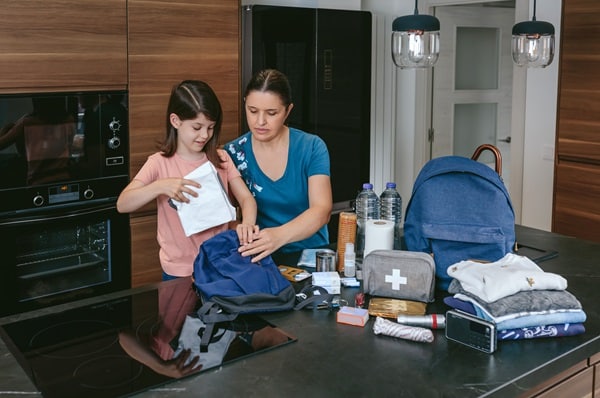
Emergency preparedness kits are lifelines in the chaos of natural disasters, power outages, and other unforeseen emergencies. These kits contain supplies and tools essential for survival, aiming to sustain life, facilitate communication, and ensure safety until help arrives or the situation improves. The foundation of emergency readiness lies in recognizing the types of emergencies you might face, influenced by geographic location and personal circumstances. This awareness guides the selection of items for your kit, ensuring a well-rounded approach to preparedness.
Knowing what to include in your emergency kit starts with understanding its purpose: to provide for basic needs during a crisis. Water, food, and shelter are the cornerstones of survival, making them top priorities in your kit. Additionally, considering the specific needs of each household member, including pets, ensures that your kit is inclusive and comprehensive. By focusing on essentials and personalizing your kit, you create a powerful tool for emergency survival.
Assessing Your Needs
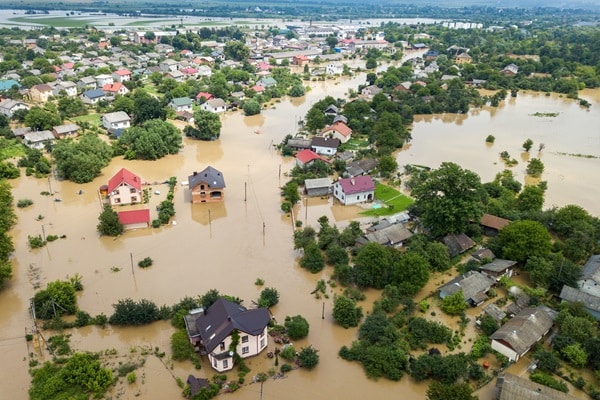
Customizing your emergency kit begins with a careful assessment of your living situation and the natural disasters most likely to occur in your area. Whether it’s earthquakes, floods, hurricanes, or blizzards, each type of emergency demands specific supplies and preparations. This step involves thinking about the unique needs of every household member, ensuring that everyone’s basic requirements, including medications, dietary restrictions, and personal care items, are covered.
Planning for the duration of an emergency is crucial; experts recommend preparing to be self-sufficient for at least 72 hours, though some situations might require supplies for a week or longer. This timeframe guides the quantity of water, food, and other essentials needed in your kit. Additionally, the process of assessing needs should be revisited regularly, as changes in family composition, health status, or location can impact the type and amount of supplies required.
Essential Items for Your Kit
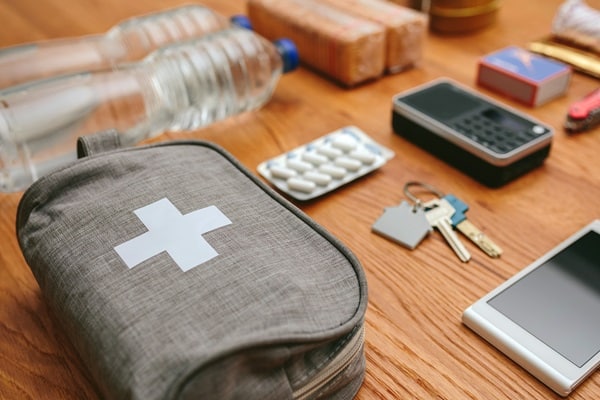
Water is a non-negotiable element of your emergency kit, with the general recommendation being one gallon per person per day for at least three days. This ensures adequate hydration and meets minimal sanitation needs. Food choices should focus on non-perishable items that require no cooking or refrigeration, catering to the dietary needs and preferences of your household. Including a variety of energy bars, canned goods, and dried fruits can help maintain morale and energy levels during stressful times.
A well-stocked first aid kit is another pillar of your emergency preparedness plan, equipped to handle minor injuries and illnesses. This kit should include bandages, antiseptics, a thermometer, pain relievers, and any prescribed medications, with a focus on items that someone with basic first-aid knowledge can use. Tools and equipment like flashlights, extra batteries, a manual can opener, and a multi-tool enhance your ability to navigate and manage living conditions during a power outage or when access to regular services is cut off.
Specialized Items Based on Personal Needs
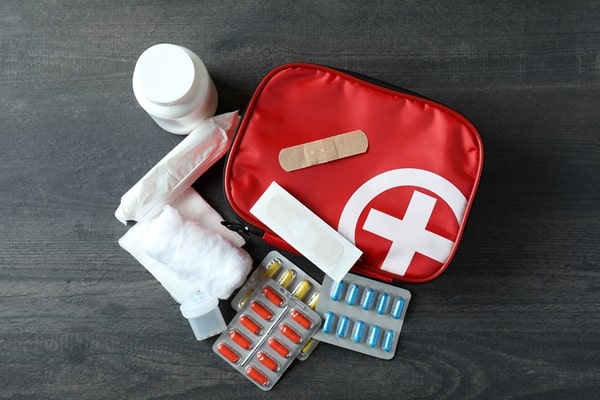
Considering the diverse needs of each household member ensures that your emergency kit is inclusive and comprehensive. For families with infants, including baby formula, diapers, and wipes is essential. Similarly, for elderly or disabled family members, specific medical supplies, extra glasses, or hearing aid batteries might be necessary. This attention to detail makes your emergency preparedness kit truly supportive in a crisis.
Including personal documents such as identification, insurance policies, and bank account records in your emergency kit is crucial. Stored in a waterproof container, these documents facilitate access to services and support in the aftermath of a disaster. Additionally, consider climate-specific items like warm clothing and blankets for cold weather or sunscreen and hats for hot climates. Tailoring your kit in this way ensures you’re prepared for the unique challenges posed by your geographical location and personal circumstances.
Storing Your Emergency Kit
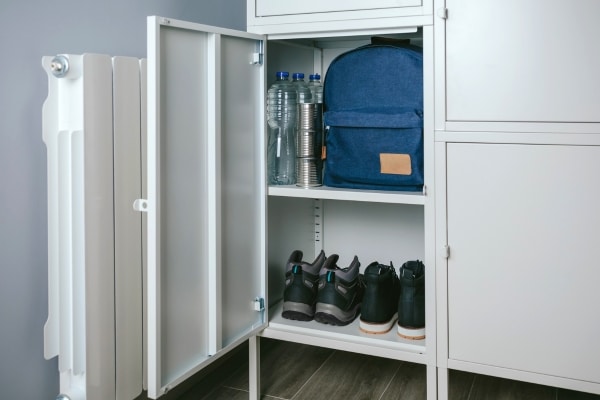
Choosing the right container for your emergency kit is crucial; it should be durable, waterproof, and easily portable in case of an evacuation. Containers such as backpacks, rolling suitcases, or plastic bins can be effective choices, depending on the size of your kit and your storage space. The location where you store your kit is equally important; it should be easily accessible in an emergency but safe from potential hazards like flooding or fire. Ideally, store your kit in a cool, dry place to preserve the integrity of its contents.
Regular maintenance of your emergency kit is essential to ensure its readiness when needed. This includes checking expiration dates on food and medical supplies and replacing used or outdated items. Additionally, as your family’s needs change (for example, as children grow or dietary needs evolve), updating your kit accordingly will keep it relevant and effective. A semi-annual review of your kit is a good practice, aligning with the change of seasons or daylight saving time changes as convenient reminders.
Portable Kits for Evacuation
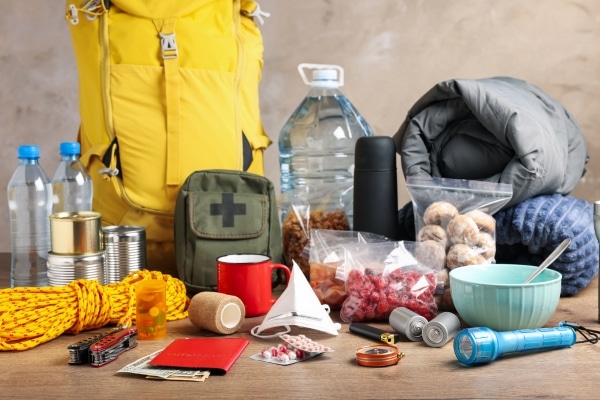
In addition to your main emergency kit, having a portable “grab and go” bag for each family member is vital for evacuation scenarios. These bags should contain essentials such as water, non-perishable food, a flashlight, a first aid kit, personal hygiene items, and copies of essential documents. The aim is to have a lightweight yet comprehensive bag that can support an individual for at least 72 hours away from home. Choosing a comfortable backpack or a bag with wheels can make it easier to carry, especially for children or elderly family members.
When assembling your evacuation kit, prioritize items that are multipurpose and compact to maximize space and utility. For example, a crank-powered flashlight can also serve as a radio and phone charger, reducing the need for multiple devices. Clothing should be season-appropriate and packed with the consideration of layering for various weather conditions. Remember, the goal is to be prepared and not overloaded, so focus on what you truly need to maintain safety and comfort during an evacuation.
Emergency Preparedness Beyond the Kit
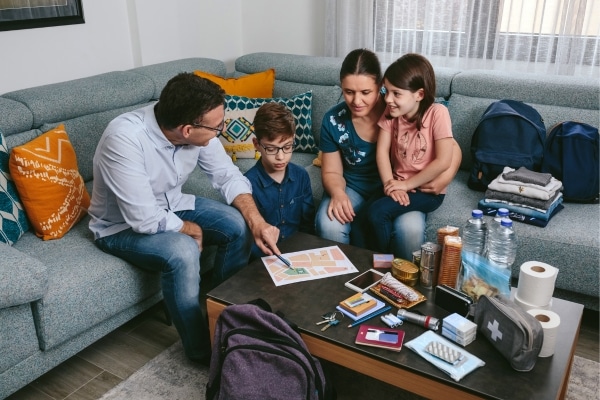
Creating an emergency kit is just one part of preparedness; developing a comprehensive family emergency plan is equally important. This plan should include contact information for all family members, designated meeting places in case of separation, and an evacuation route. Knowing how to communicate during a disaster, including having a battery-powered or crank-powered radio for receiving emergency broadcasts, is crucial. Additionally, educate yourself and your family members on turning off utilities like gas, water, and electricity in your home to prevent additional hazards.
Learning basic survival skills can significantly enhance your readiness for emergencies. Skills such as first aid, CPR, fire-making, and shelter-building can be lifesavers when professional help is delayed or unavailable. Community resources like emergency shelters, medical facilities, and disaster response teams are also vital components of your preparedness plan. Familiarizing yourself with these resources and participating in community preparedness activities can strengthen your ability to cope with and recover from disasters.
Enhancing Your Emergency Preparedness
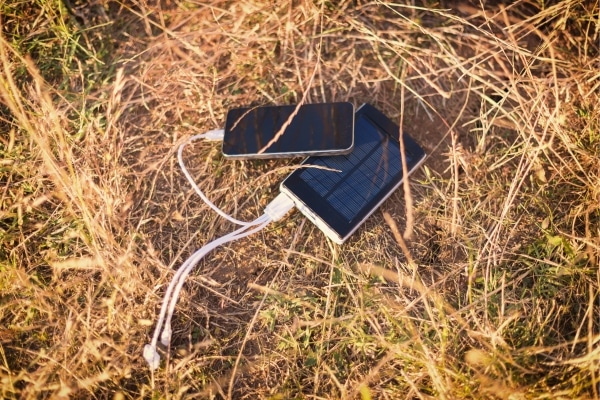
As you become more comfortable with your basic emergency kit and plan, consider adding advanced items that could further improve your preparedness. Solar chargers for phones and small devices, water purification tablets, and a more extensive first aid kit can provide additional layers of security. These enhancements can make a difference in prolonged emergency situations where traditional resources are unavailable.
Technology plays an increasingly important role in emergency preparedness. Apps that alert you to severe weather, earthquakes, or other disasters can provide critical information in real-time. Emergency alerts on your mobile phone can inform you of local emergencies and advise on immediate actions. Encourage friends and family to prepare their emergency kits and plans, creating a support network that enhances resilience for everyone involved. Sharing experiences and tips can lead to better-prepared communities capable of facing emergencies together.
Secure Your Safety with Every Step
Crafting an emergency preparedness kit and developing a comprehensive readiness plan empowers you and your family to face unexpected challenges with confidence. This guide has walked you through essential steps, from assessing needs to enhancing your kit with advanced items. Embracing preparedness ensures your safety during a crisis and fosters a sense of security and resilience. Stay informed, stay prepared, and remember, the peace of mind that comes from readiness is invaluable.